Raise your Hand if you Like to Participate!
An important part of a student’s education is their ability to participate in the classroom. However, many students do not want to participate in class and only participate when participation affects their grades. The importance of participation in the classroom is lost on many students and usually students will only participate if they are forced.
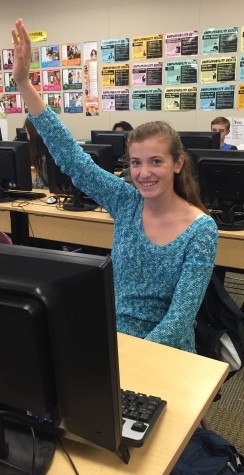
A Wilcox student participating in class.
Ms. Piscetelli was asked why she thought it was important for students to participate in the classroom. Her in-depth response described how participating in class can positively effect a student’s learning capabilities. She explained, “Learning by doing something is much more effective than trying to learn by just watching someone else do it or by reading about it. Practicing by participating in class gives you the best opportunity learn.” Therefore, it can be argued that an efficient method of learning, is to be mentally and physically a part of the lesson. Ninth grader Caroline Kloes agrees that participation is an important part of learning and also thinks that participating in class helps her be more engaged. When asked about her opinion on students participating, she also stated that participating makes it easier to pay attention in class and to understand the material. By being an active part of the classroom, students are more likely to remember what is being taught and therefore, be more successful students.
But what is participation? According to Ms. Piscetelli, there are two types of participation in the classroom. One of the most commonly used participation methods is when the student participates by “standing out in class and taking part in class.” This type of participation is, according Ms. Piscetelli, “When a student puts in extra effort to volunteer to read out loud, or to present first, or to write an answer on the board.” However, Ms. Piscetelli prefers the second type of participation, in which, “a student is doing all of the things in class that everyone else is taking part in.” She believes, “In this way everyone gets the opportunity to practice, but no one needs to stand out.” She also feels like this allows her to evaluate every student’s understanding while still being able to walk around and help them.
Therefore, it is safe to assume that when a student participates in class, it is helpful not only to the student but also to the teacher. It gives the teacher the opportunity to see who is interested in participating and who actually knows the curriculum taught to them. It also gives the chance for teachers to help these students they participate in an engaging activity.
Participation in class is a way for students to be completely invested in what they are learning. However, many students don’t want to participate willingly, so many teachers have come up with different methods to help their students participate. For instance, many teachers have come up with systems where they can randomly select a student to answer a question or demonstrate what they know through an interactive activity. Not only does this method encourage students to participate, but it also forces students pay attention. If they don’t know when they are going to be called on, they are more likely to be motivated in the classroom instead of messing around. This also encourages students to know their material so that they can answer the questions correctly.
Participation is also a way to make class life more interesting. Not only does it give the teacher a break, but it is also a way to interact with people and learn about their opinions. Teamwork and collaboration is essential in the professional world, and by learning how to participate early on, students are building the foundation for a successful life out of school.
It’s extremely important for students to participate in class. Not only will participating help students develop an understanding of the subject, and showcase their knowledge to their teacher, but it will also make class more interesting. By being an active member of the classroom, students contribute to not only their own overall learning experience but to the learning experience of their fellow peers.


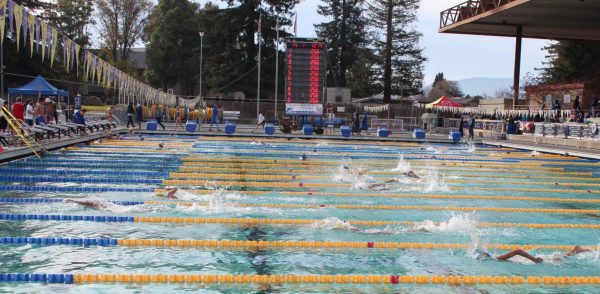
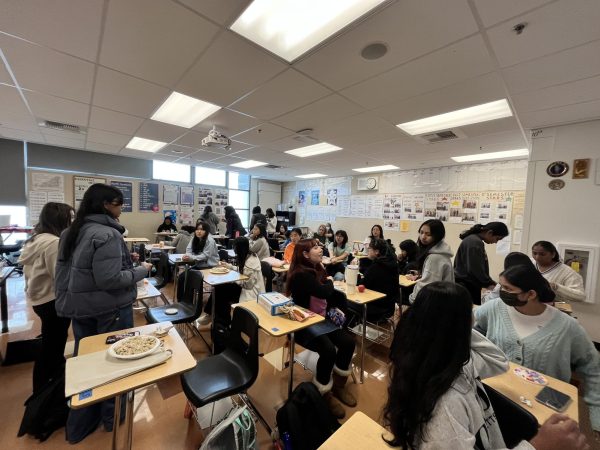

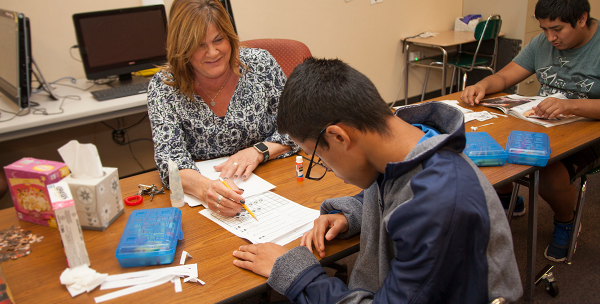

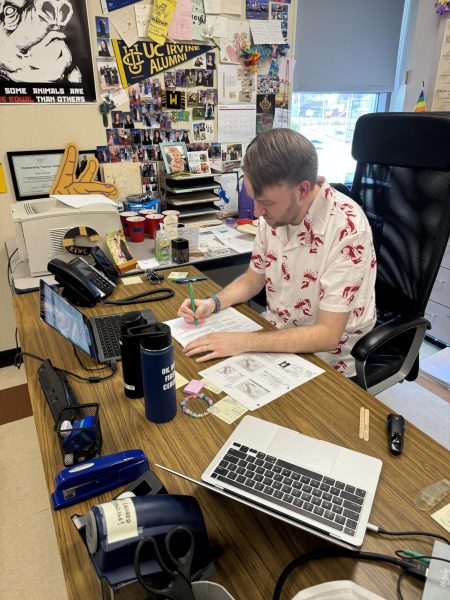
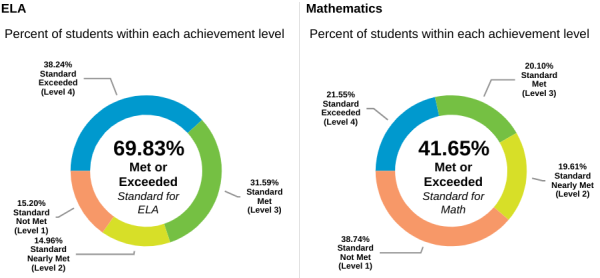


Smithd110 • May 9, 2016 at 2:27 am
I loved your blog article. Really Cool. ebeedbbkedfkfckb
Smithg399 • May 6, 2016 at 1:10 am
You must indulge in a contest for among the greatest blogs over the internet. Ill suggest this web website! bbgcfgdbkdccdabe